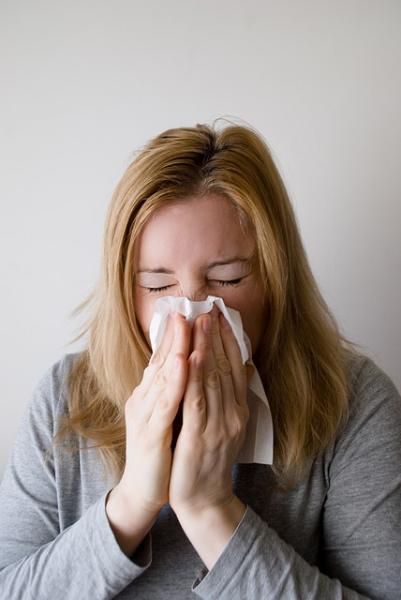Understanding the interactions of infectivity and susceptibility lies at the heart of understanding how COVID-19 spreads through our society and may be a key to safely returning to social mingling. The early models suggested that an infected individual went on to infect several others, that is the basis for determining an R0, or R. But that doesn’t seem to be the case. COVID-19
“… like two of its cousins, severe acute respiratory syndrome (SARS) and Middle East respiratory syndrome (MERS) seems especially prone to attacking groups of tightly connected people, while sparing others.”
Using data from previous SARS outbreaks, researchers sought to find a model that fit the data. Rather than using a single R0 value, which represents the aggregate in the population, they used individual values where some people were more likely to spread disease than others. In this framework of thought, super-spreaders are not exceptions, but represent individuals found in the tail of possibilities – think of the ends of that bell-shaped curve.
Using the data-fitted model the researchers found that extinguishing the virus, ending the pandemic is related to R0 and to how that number varies among individuals. Greater variability in the individual value results in more patients in the extremes of the curve, many more who do not transmit the virus to others, and the super-spreaders, who give it to many individuals. As a result, greater individual variation leads to either rapid viral extinction or the continued appearance of clusters. Our own experience with Patient 0 in Westchester country or the recent recurrence of 170 cases in South Korea traced back to one individual’s night of bar hopping make this modeling seem accurate.
This individual variation in R0 is technically called a dispersion factor, at higher values, like the 1918 flu, transmission comes from nearly everyone; for lower values, as calculated for SARS (0.16) or MERS (0.25) super-spreaders create clusters. While there is no definitive answer for COVID-19 some feel that the dispersion factor is even lower.
“If the Chinese epidemic was a big fire that sent sparks flying around the world, most of the sparks simply fizzled out.”
From a practical standpoint it may well be that a small number of individuals are responsible for most of the transmission. If we could understand the clusters that are popping up here and there we might have better tools to contain them. COVID-19’s primary mode of transmission is respiratory, from our talking, singing, coughing and sneezing and we know that masks reduce that effect. Previous work suggests that clusters originate in “undiagnosed and misdiagnosed individuals” once again stressing the need for testing for the presence of active infection, not its sequelae. If those individuals are identified and quarantined they are no longer vectors of disease. Finally, congregating indoors is associated with much higher infectivity than outdoors – confinement makes a difference suggesting that we can relax our vigilance a bit more out of doors.
Sources: Superspreading and the effect of individual variation on disease emergence. Nature DOI:10.1038/nature04153
Why do some COVID-19 patients infect many other, whereas most don’t spread the virus at all? Science Magazine




